The Current Reality of COVID-19 Relief in India: May 26th Forum
- Gabriel Farhadian
- Jun 15, 2021
- 3 min read
On May 26th, Aaroogya and Silicon Valley global health hosted a special rally to discuss the current reality of COVID-19 relief in India. Dr. Richard Dasher, director of the US-Asia Technology Management Center at Stanford University mediated a discussion between 6 professionals and health care experts uniquely contributing to the abatement of COVID in India: Smarita Sengupta, Dr. Shihka Yadav, Sukhmeet Singh, Jehaan Kotwal, and Aaroogya’s founders Dr. Priyanjali Datta and Dr. Dhruv Kacker.
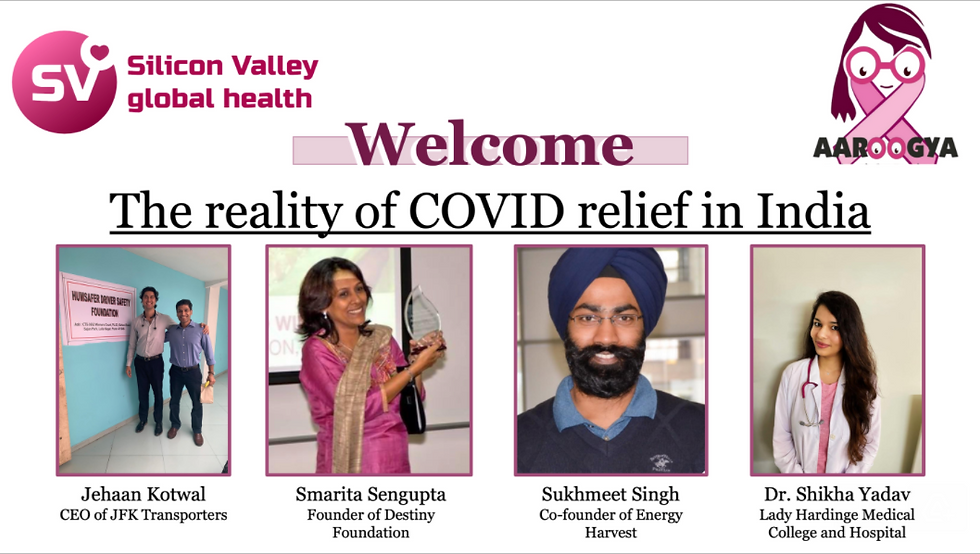
According to Ms. Sengupta, founder of Destiny Foundation, 1 lahk 26,376 COVID cases have been active and 14,674 COVID-related deaths occurred in Kolkata in the two weeks leading up to May 26th. Ms. Sengupta also visited a crematorium and recounts that she saw “at least 100 bodies lined up in only 4-5 hours." Mental trauma for lower income and marginalized communities is rampant and must be taken into account, Ms. Sengupta implores.
As an experienced front-line COVID-19 treatment doctor, Dr. Yadav first explores how compared to the 1st outbreak, the 2nd COVID wave in India has been characterized by an exponential rise in cases and thus a higher infectivity, higher fatality rates, and an equally deadly effect on not just elderly populations and those with preexisting conditions, but on the working class as well. A steroid-heavy self-medication among some patients has also led to a prominence of fungal infections, Dr. Yadav expresses. Thus one of the best ways to prepare for the new wave, is to help educate misinformed populations in India about the signs and symptoms of COVID.
Mr. Singh, Founder and CEO of A2P Energy and EnergyHarvest discusses how after researching the needs produced by COVID in India, he and his team found that in addition to a serious oxygen shortage in India’s hospitals, there is a lack of “secondary infrastructure” for citizens from rural areas who admit their loved ones into urban hospitals but have no access to housing for themselves in these areas. While fundraising to get oxygen to hospitals, Mr. Singh and his team have also constructed sustainable, temporary houses for the families of admitted patients. They are also working to establish food banks for these populations.
Mr. Kotwal, CEO of JFK Transporters, identifies that oxygen shortage in India is not the product of a manufacturing insufficiency, but a “supply chain issue.” In an incident 2 weeks before the meeting, 11 COVID-related deaths occurred due to a 1/2 hour delay in O2 trucks, and in April, 24 deaths were recorded in Nashik just due to a small oxygen leakage during transport. If the efficiency of the tanks could be increased by a mere 5%, it could yield a 300 ton excess capacity per day, Mr Kotwal expresses,, which could save about 2700 lives a day in India. To abate this supply chain issue, Mr. Kotwal has workinged with the Ministry of commerce and The Logistics Sector Skill Counsel and developed a mobile app that ensures and incentivizes oxygen transport truck drivers by offering drivers 30 paisa per km they drive.
Dr. Datta and Dr. Kacker emphasize how COVID has caused a shortage in space for patients to be diagnosed for other diseases. Considering this, Dr. Datta relates that Aaroogya and other health care programs must help strengthen the backbone of the healthcare system, increase COVID testing capacity so that India can report cases accurately, and thrust vaccination and oxygen drives forward. As the second COVID wave scourges both rural and urban districts in India, each of our speakers are working to abate the unique issues brought on by this new environment.
You can view this event on our YouTube channel by clicking the link below:
https://www.youtube.com/watch?v=_PKzhxh5yyo



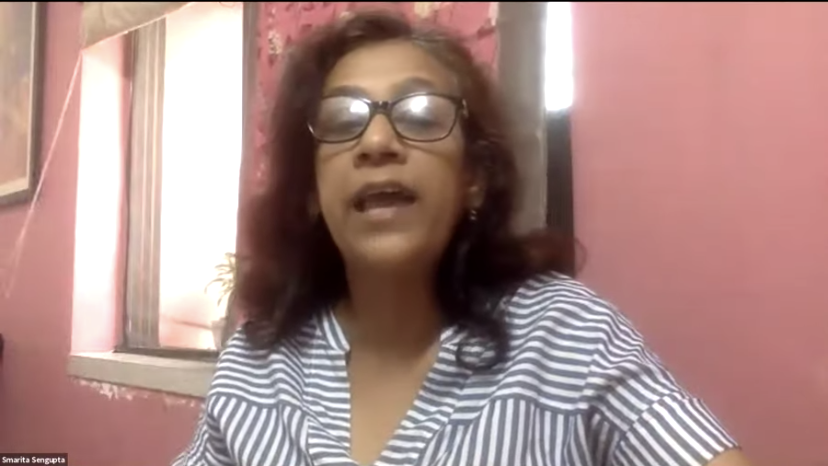

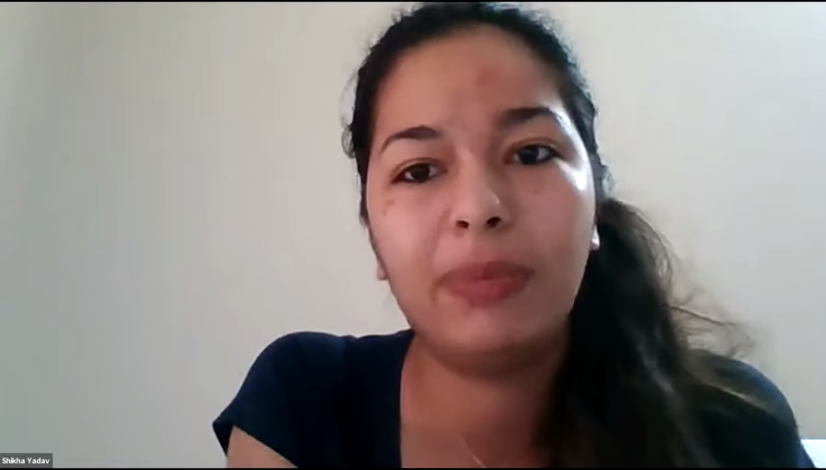

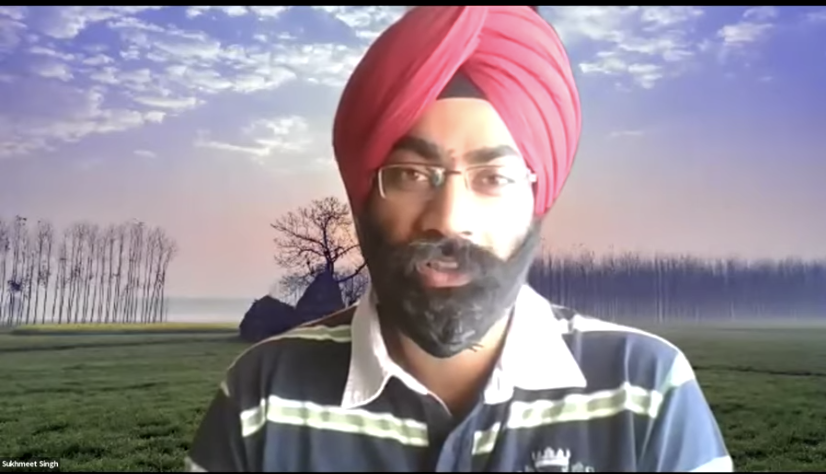

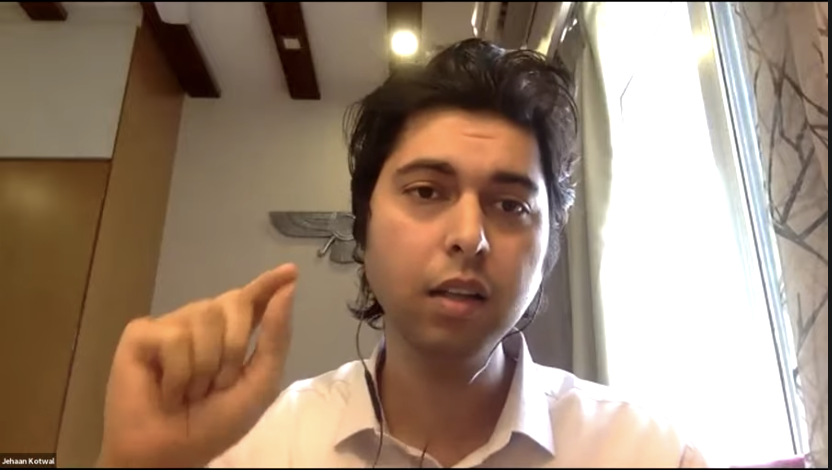

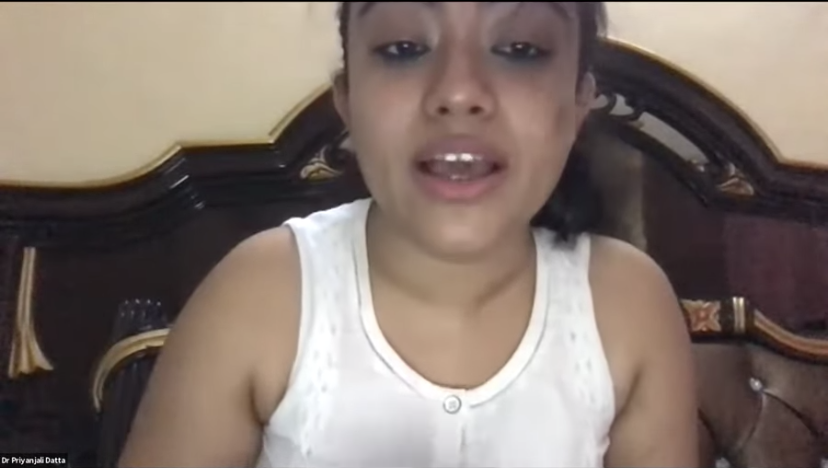

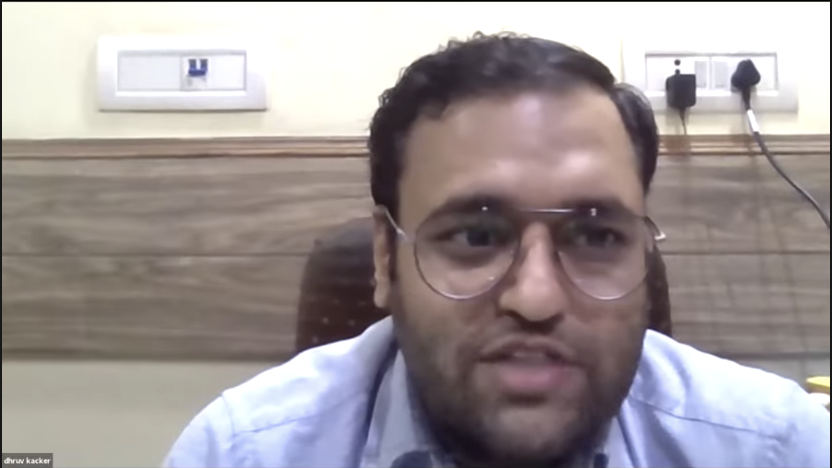



Comments